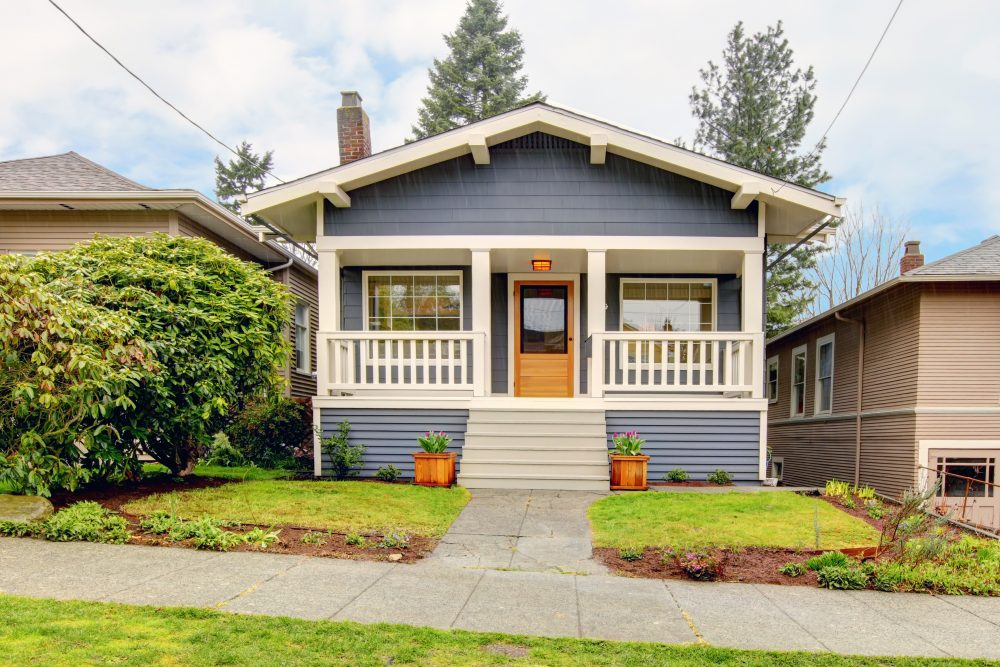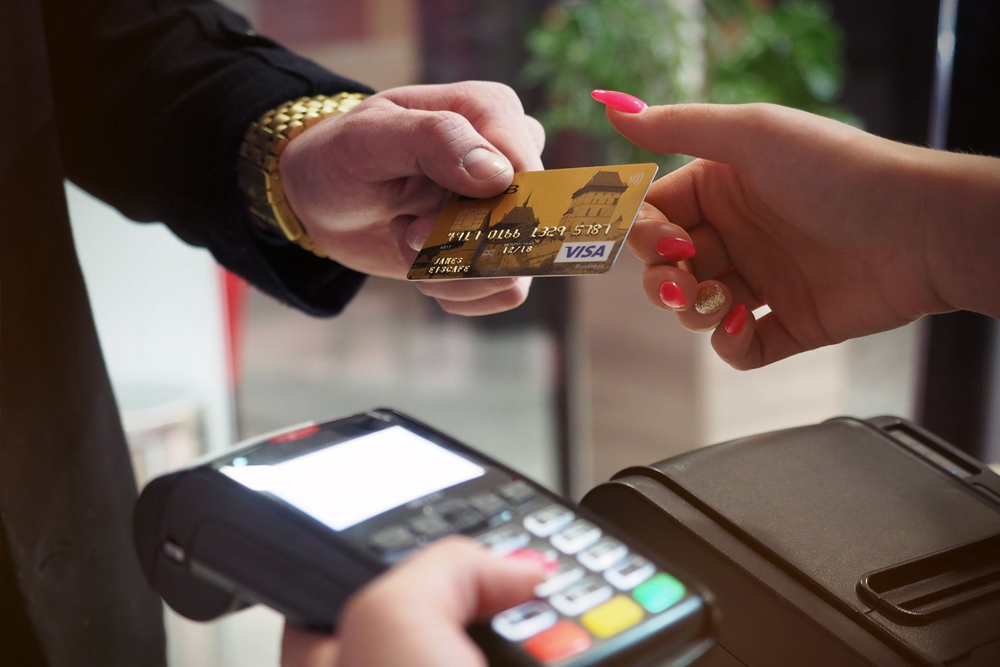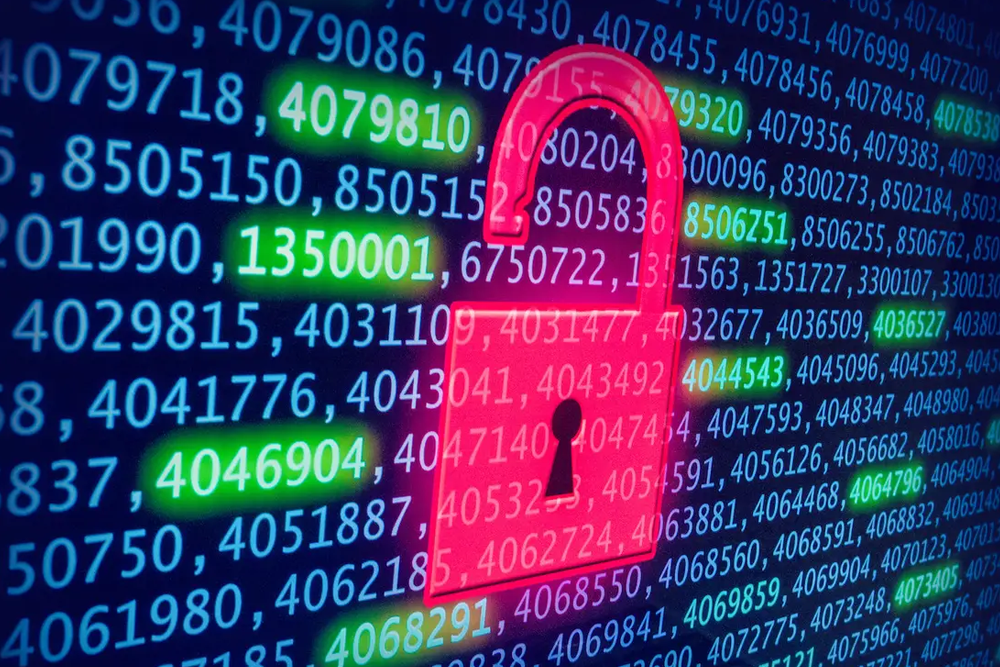When you are looking to access or preserve capital, equipment financing is an attractive option that provides these and many other benefits when obtaining equipment. With equipment leasing, knowing the factors that go into deciding whether to enter into a $1 buyout lease or any other type of lease will allow you to make the right financing choice for the equipment you need to operate your business.
What is a $1 buyout lease?
A $1 buyout lease is a capital lease where you make monthly rental payments to access and utilize the equipment; however, at the end of the lease, you have the option to purchase the equipment for $1. Since you get to purchase the equipment for just $1, this kind of lease’s characteristics is the same as a loan, with higher monthly payments than an operating lease.You are treated like the owner of the equipment when you have a $1 buyout lease. For instance, if you lease a $10,000 pizza oven on a $1 buyout basis, the oven will appear as an asset on your business’s balance sheet, and the lease will appear as a corresponding liability.
When to use a $1 buyout lease?
You should generally use a $1 buyout lease when you know you need to own the equipment after the lease is over. As long as the equipment has a long shelf life and does not lose a lot of value over time, it is more economical to do a capital lease like this one. Typically, the $1 buyout lease will have more monthly payments than other capital leases. The benefit is there is no balloon payment due at the end of transfer ownership. Some examples of equipment that might work with a $1 buyout lease are durable items such as refrigerators, tractors, and ovens that tend to retain their value over time. Note that, since a $1 buyout lease shows up on your balance sheet as a liability, it gets included in calculations of your overall debt and can harm your ability to qualify for other loans.
Pros of $1 buyout equipment
- Manageable monthly payment
- Low upfront costs
- An excellent alternative to a cash purchase as long as the intent is to own the equipment
- Easily bundle in support services with the monthly payment
Cons $1 buyout equipment
- The accounting of liabilities and assets might create unwanted balance sheet implications of financial ratio problems
- Capital will have been used on depreciating assets instead of appreciating assets or income-generating projects
- Because of technology’s rapid advancements, you might find yourself stuck owning obsolete equipment that holds back your competitiveness and growth.
$1 Buyout lease qualifications, rates, and payment
A $1 buyout lease probably has the least strict underwriting qualifications and the lowest interest rates with ranges of 6to 15 percent since you are paying all but $1 of the equipment’s value in the course of the term of the lease. It probably carries the highest monthly payments since your lease payments are based on 99 percent of the equipment’s total cost. When it comes to interest rates, they are likely to be the lowest on a $1 buyout lease and, by the end of the lease, the equipment will be all but fully paid off. Likewise, buyers might experience higher approval rates on $1 buyout leases, presuming they can afford the monthly payments.
$1 Buyout lease accounting and tax treatment
Here is a look at the accounting and tax features of a $1 buyout lease:
- Depreciation: Typically, equipment value can be subtracted under Section 179 up to $1 million
- Balance sheet: The equipment must be listed as a liability and asset
- Payment deduction: Interest payments can be subtracted as interest expense
The equipment or tool will appear as an asset on your balance sheet, and the lease will appear as a corresponding liability. This contributes to the overall loan your business carries, which might make obtaining another loan more challenging.
FMV lease vs. $1 buyout equipment
The key difference between an FMV and $1 buyout lease is that an FMV lease is an operating lease to utilize equipment, whereas a $1 buyout lease is a capital lease to own equipment, which essentially serves as a loan. With an FMV lease, you utilize the equipment for a certain duration, and generally, you use it at a lower cost than if the equipment were bought outright or with borrowed capital. That is since the equipment has a residual value at the end of the lease, which the equipment financing company can expect to realize through there-lease or sale of the asset. With an FMV lease, you are not paying for the entire cost of the equipment. Should you decide at the end of the lease that you would like to keep on using the equipment, you might have the option to purchase the equipment at a negotiated fair market rate or utilize it at a reduced rental, based on the lease terms.
There are numerous reasons to use an FMV lease. Your company can realize significant advantages from the following:
- Accurate budget
- Reduced cost of the use of the equipment planning
- Getting rid of equipment obsolescence
- Outsourced responsibility and cost of equipment disposal and management
- Bundled services, like a lease tracking system, alert the user to the end of the lease to plan for return or replacement of the equipment and maintenance.
Generally, long-life equipment types — aircraft, construction, manufacturing, etc. — are appropriate for FMV leases because they generally maintain comparatively higher residual values. It is also more economically useful to enter into an FMV lease for equipment used in projects, popular in construction, and for seasonal needs, like in agriculture. Some shorter useful life equipment types, such as office and technology equipment, are also suitable for FMV leases because they help end-users avoid owning obsolete equipment at the end.
Choosing between $1 buyout equipment & FMV lease
Usually, the choice between a $1 buyout lease and FMV lease depends on the end-user business’s predisposition. To help make an objective business case, consider the following:
- How long will your company have to use the equipment? Generally speaking, if the equipment’s length is expected to be utilized in the short term (which often indicates 36 months or less), an FMV lease is probably the preferable option. Equipment anticipated to be utilized longer relative to its useful life or that you know you will want to keep at the end of the term is ideal for a $1 buyout lease.
- How soon will the equipment become obsolete or outdated in the future? Most equipment will become outdated at some point, some faster than others. The sooner it is anticipated to become outdated, the more ideal it is for an FMV lease, so you do not get saddled with old technology, and you can upgrade with new equipment that can offer your company a competitive edge.
- Does your company have the resources to manage the equipment throughout its lifecycle? Equipment management is a function that needs resources and expertise that are beyond the scope of most companies. Disposing or selling the asset, maintenance, repair, and other aspects of equipment management become the end-users responsibility at the end of a $1 buyout lease. With an FMV lease, you outsource the equipment management obligation to the equipment leasing company so you can concentrate on your core business.
- Do you anticipate the need for extra equipment? If your company is planning for growth, you will want your equipment to be able to scale. An FMV lease will allow you to get the right amount and type of equipment your company needs in the future, and not be forced to combine and match newer with older equipment.
- Will the equipment be utilized for a new venture? When venturing into an untested business venture, there may be the uncertainty of when or if it will be successful. An FMV lease will allow you to mitigate the risks of uncertainty and hedge against ending up owning a piece of equipment you might not need in the future.
Whether you choose a $1 buyout lease or an FMV lease, the most significant thing to bear in mind is that both will allow your business to enjoy benefits you can’t attain when purchasing equipment with cash. In general, $1 buyout equipment leasing is best for equipment that you would want to keep after the term and one that will retain its usefulness for a long time before it becomes outdated. Note that you are not limited to $1 buyout equipment leasing either. There are other types of equipment leasing and alternative financing options, such as lines of credit and invoice factoring, if you can not afford to pay out of pocket. Regardless of which method you choose to fund your equipment, do the math, and read over the contract to make sure the terms work for your business.













